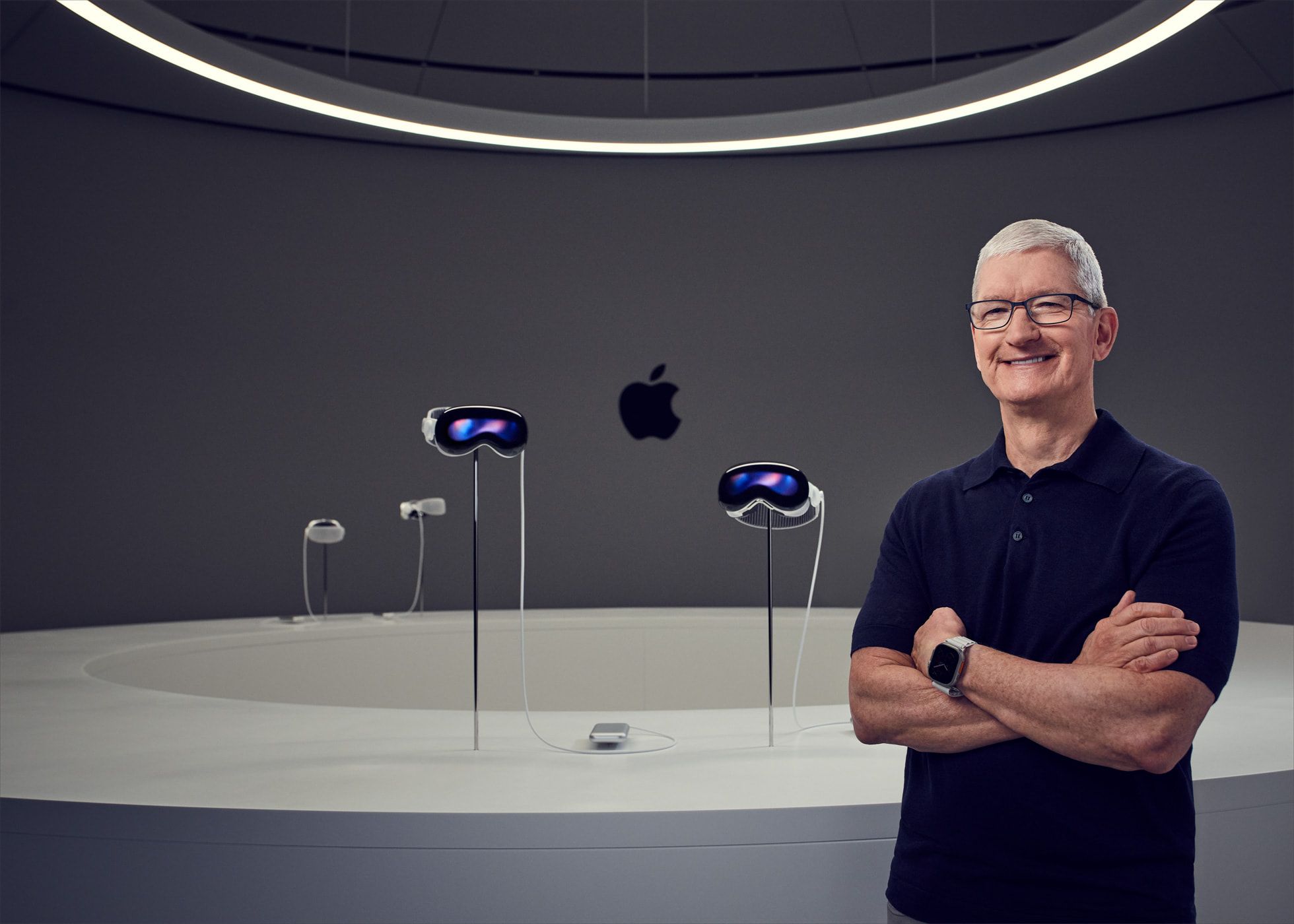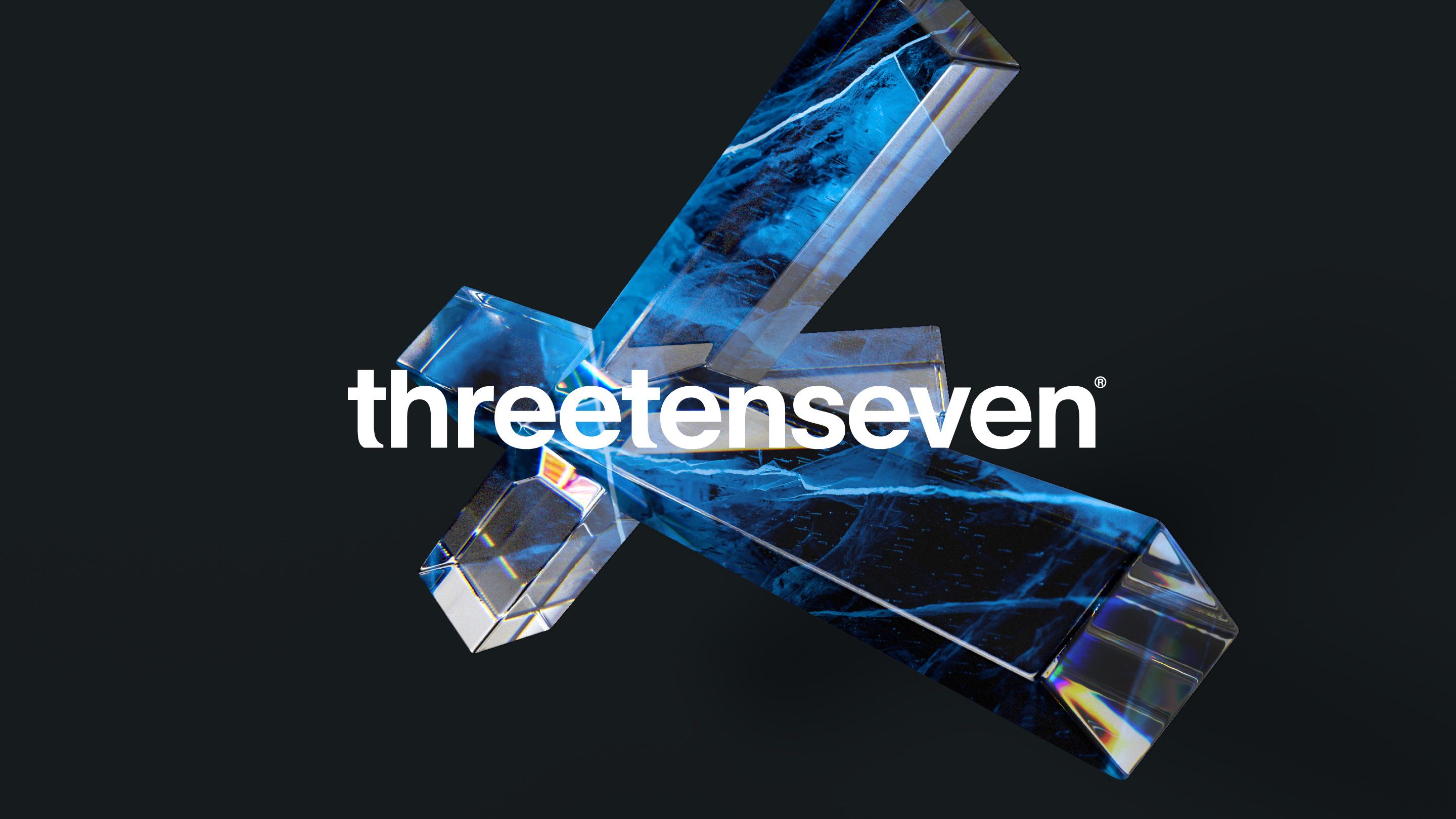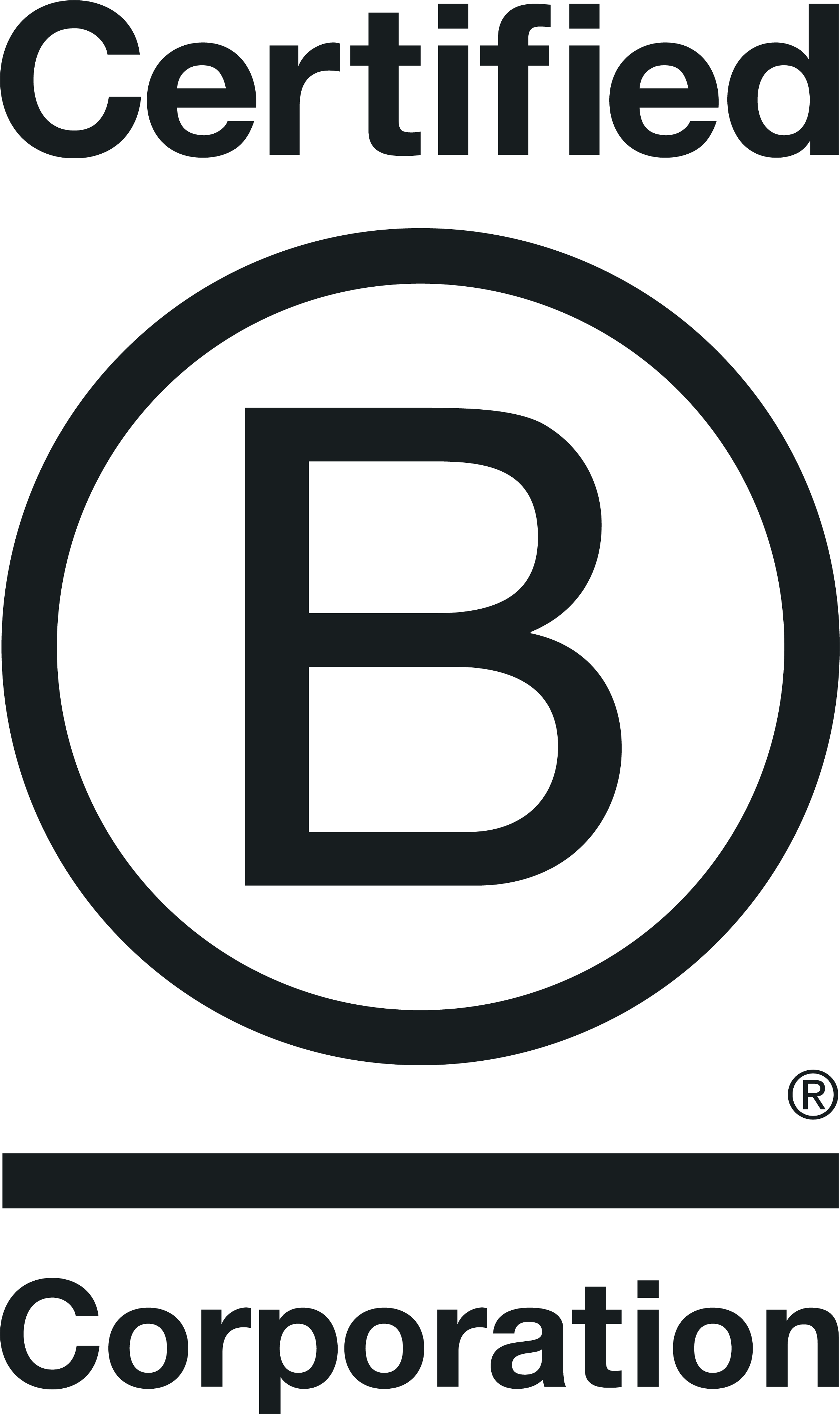High-performing CEOs of high-performing organisations place innovation in their top three strategic priorities to become a true brand of choice. Instead of looking at what others in their sector are doing, they focus the attention of their business on themselves and their customers. Why? Because every minute you spend looking at your competitors is one you could be spending innovating, to paraphrase Josh Kaufman.
Game-changing innovation drives distinctiveness, thus desirability and market share. Innovation and operational creativity can be applied on both a macro and micro level, and leads to true product or service distinctiveness, as well as marginal process gains.

The level of commitment to innovation determines the level of market growth in one fundamental way: customer perception of meaningful difference leads to perceived irreplaceability which leads to market value. This capitalises on scarcity effect, an effect so strong that brands who maintain distinctiveness via a true, customer-focussed approach to innovation are the brands that can charge a price premium, hold leverage in negotiations and not just steal but keep market share.
Apple is a prime example; they’re not trying to beat someone by making a better laptop, they’re asking instead, ‘Why does it have to be a laptop?’. This approach led to the launch of the category-inventing iPad, which sold 300,000 units on its first day of availability, and left their competitors scrabbling to catch up. While others raced to create a new, comparable tablet before the ship had sailed too far, Apple got on with iterating to build a better and better product that we didn’t even know we needed until they’d launched it. That’s their game. They’re not in the market of creating a faster laptop than Dell, but of innovating, developing and selling only what people need – even if we don’t know it yet. This approach to innovation actually becomes their brand identity and it’s the perfect driver for their marketing, too, which, because of their brand strength can primarily rely on being brand-first, or at least unique benefit-led, rather than outwardly comparative. Apple focuses on being Apple, without need to compare, convince or cost-cut. The rest of the market will only ever follow, as long as Apple focus on innovation as their central brand tenet.
The converse is the multiple retailers. Their product ranges are more or less identical (especially with Aldi and their predilection for copycatting), which limits options for differentiating. Price then becomes the primary battleground, and there can only be one winner when it comes to cheapness. Efforts to innovate in this category therefore must centre on shopping experience, convenience and brand, but are hampered by the lumbering processes that make speed of change slow. Tesco is a notable exception with this, who (comparatively speaking) are excelling in innovation over the last few years. They’ve gone big on scan-as-you-shop, introduced Whoosh, and brought in a Clubcard pricing strategy so ridiculous it quickly became meme fodder (yet swiftly copied by Boots and many others). It’s surely a contributing factor at least to Tesco’s latest quarterly results which show an increase in sales by nearly 10% and an uplift on market share, too, against much flatter competition.
Let’s tie this back into health and wellbeing, which is our primary area of focus and knowledge at ThreeTenSeven. The workplace wellbeing market is a good place to look, particularly as a category that is digital first and foremost, and because it is a segment that is becoming increasingly crowded, and so the buying process becoming more difficult for both sides. As a relatively new category and one without bricks-and-mortar premises it’s also a segment that should in theory be quick to benefit from an appropriate focus on innovation.

Health Assured is the UK’s number one employee assistance platform, used by countless businesses and organisations, including ThreeTenSeven and our clients, Mind, to name just a couple. They certainly have market dominance and longevity on their side, which are reassuring signals in any sale process, and can support premium pricing strategy to a degree. However, as a user of their service and observer of their brand, the lack of innovation in their product and service is palpable. Their benefit offer lacks distinctiveness from competitors, being largely indistinguishable on benefit list, and much of their products and services being ‘ticket to the game’. On a practical level their brand proposition and their UI both need attention, though arguably their brand identity is doing an ok job – it’s not horribly dated, it’s just fine. Let’s assume they want to grow their brand; an increased focus on product innovation would help with clear differentiation in this crowed market, and this can only be achieved by asking not ‘How can we be better than Spectrum Life?’ but ‘What do our customers actually need? With a blank sheet of paper what would be offered to the market to truly meet their needs?’. Then ‘How can we meet this need and how would our business look in doing so? What products would we offer? How would we communicate these?’. Without this mindset they’re in a risky position, and in time will increasingly be in danger of being ousted by products which better respond to continually evolving user needs, and who understand the value of communicating that well, through well-articulated, user-tested messaging.
In contrast to Health Assured there is Unmind, who also play in the workplace wellbeing market, and who have majored on innovation since Day 1, both in their product and strategic focus, and in their comms. Unmind say they were born out of frustration in the way mental health was managed and desire to find an alternative to reactive care, based on science and technology. This observation of need led to a tangible point of difference in their product offer and service provided, which their brand and messaging simply brought to the world. The benefits of this to business/buyers were easy to grasp. Had they simply set out to become a better version of an EAP, their path would have been more difficult, needing to rely on commercials or brand strategy to prevail. Instead, a problem-solving approach is in their DNA and it’s clear from the outside how it drives their product innovation to really meet user needs. This outside/in attitude to problem-solving is something that Health Assured could benefit from enormously.

For balance, where Unmind have done less well, is in communicating the human aspects of their brand – especially important to a market that includes HR leaders. Previously they were more ‘plucky tech start-up' than major player, but their recent rebrand and increased human focus is much more ‘modern service brand’ than ‘small health tech’. There’s no doubt now that they’re set for growth, thanks to a smart balance of true innovation and good branding – the big players need to watch out.
In the wider health landscape the approach to embracing innovation is different again. Innovation is more difficult for well-established companies and these abound in healthcare due to importance of an in-person care settings. The NHS, Bupa, Nuffield, Spire, The Priory – this pack is not known for its innovation-first approach, but with the health of a nation on its shoulders it surely one that needs to harness every tool as its disposal. In most desperate need is the NHS, as it suffers with its worst ever reputation crisis, with independent health charity the Health Foundation declaring that “innovation is being squeezed out of the NHS”. Harnessing innovation and tech, and communicating this within its brand and comms is going to be vital if it is to ever reclaim public trust.
Establishing an innovation mindset starts with the CEO and will require a multi-year, cross-functional transformation project for its benefits to be felt. An organisation can “maximize its probability of success by… appropriately assimilating the leading practices of high-performing innovators.”.

At ThreeTenSeven we work with leaders on critical assessments of business functions to help establish an innovation-first culture, and translate this across teams and customer groups. Whichever way you choose to approach this, it’s important to adopt an outside/in approach. A chief limiting factor for organisations of all sizes is its people. Most often that is that senior leaders are unaware of their limitation around innovation, making change almost impossible and most certainly painful and slow. Driving change requires distance and some degree of external perspective, so most commonly comes from outside consultants like ourselves who couple expertise with no emotional attachment, or through the introduction of a new CEO or leadership team. Both options offer significant value and could make the difference between market dominance and declining market value. Choosing to ignore innovation isn’t a choice most can afford to make.
Contact us to find out how we can help leverage innovation to drive change in your organisation, or read more about other critical moments of change.




